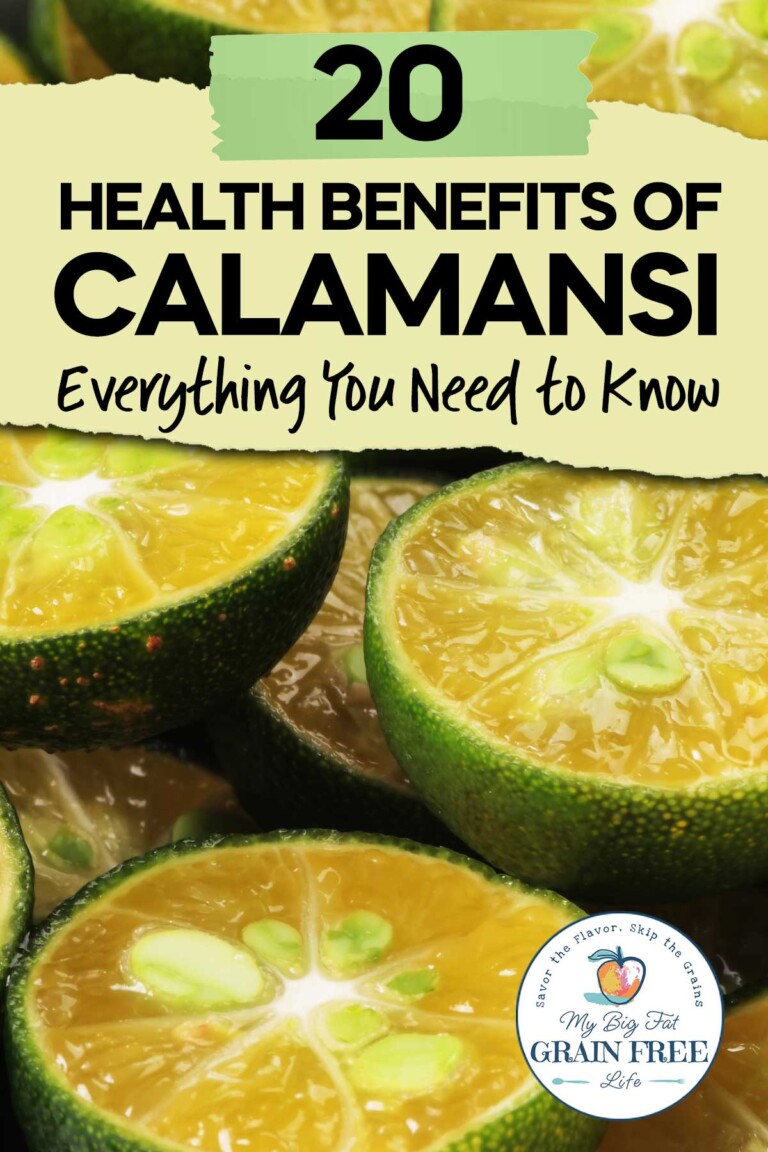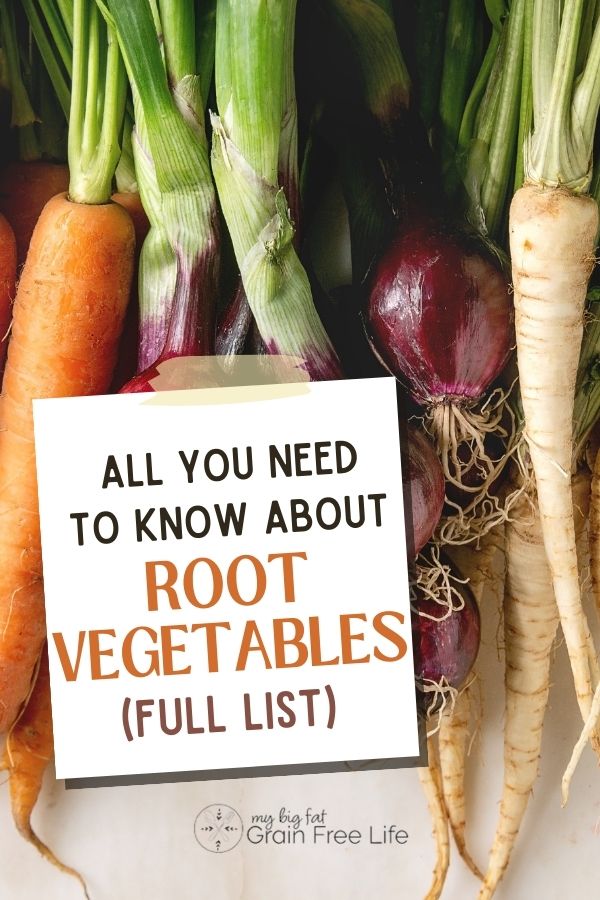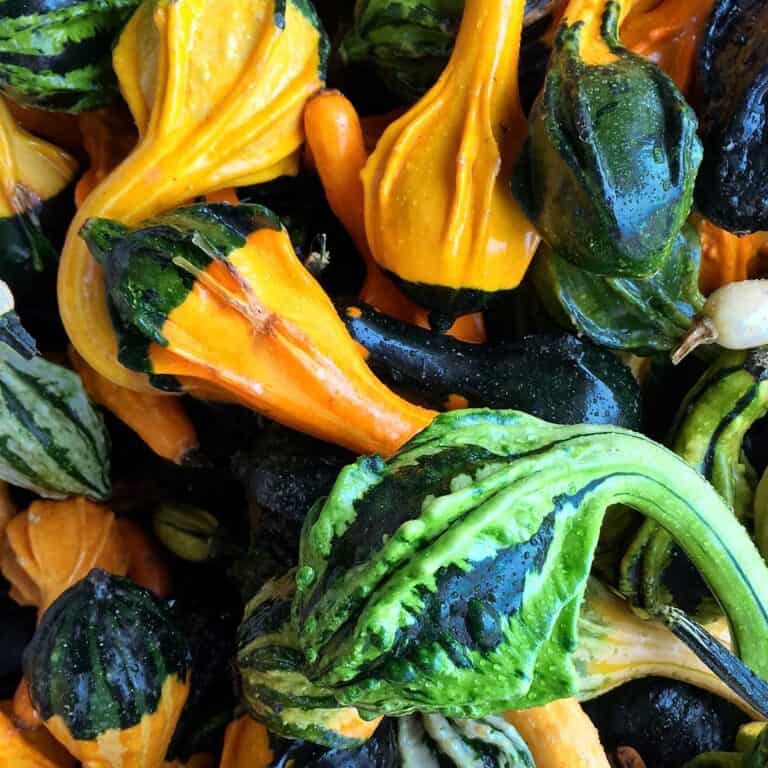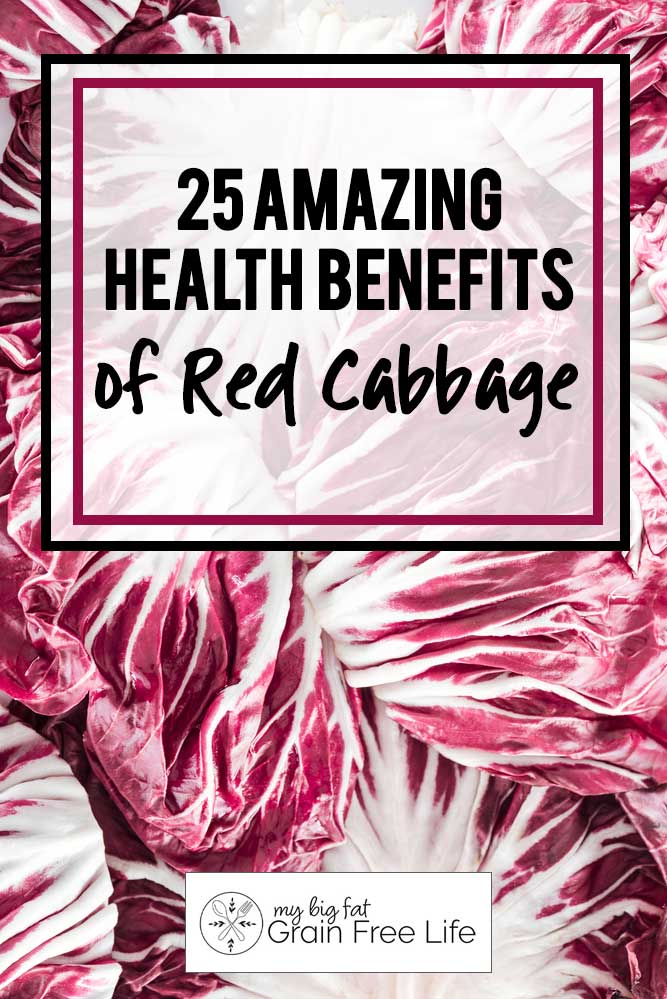Citrus Showdown: Clementine vs Mandarin vs Tangerine
This post may contain affiliate links. If you make purchase after clicking a link, I may receive a commission at no extra cost to you.
Last Updated on February 15, 2024
When it comes to citrus fruits, the choices are seemingly endless. Let’s explore the similarities, differences, and unique characteristics of clementine vs mandarin vs tangerine.

Clementine vs Mandarin vs Tangerine
Clementine, mandarin oranges, and tangerine are all citrus fruits that belong to the same family. While they may appear similar, there are subtle differences between them in terms of taste, size, and seediness.
We will break down these distinctions in greater detail and help you understand the unique characteristics of each fruit.
Other citrus fruits to learn about: calamansi and yuzu fruit
What is a Clementine?
A clementine is a variety of mandarin orange that is small in size and has a thin, loose skin. It is believed to be a natural hybridization between a sweet orange and a mandarin. Clementines are seedless and known for their sweet flavor.
The mandarins commonly found in grocery stores under the names Cuties and Sweeties are actually clementines. This seedless clementine has always been a favorite in our home, especially when my kids were young.

What is a Mandarin?
Mandarins are a category of citrus fruits that belong to the orange family. These sweet oranges are smaller in size compared to standard oranges and have thinner skins.
Mandarins originated in Southeast Asia and were later introduced to North Africa through the Silk Road trade route. They come in various varieties, including clementines and tangerines.
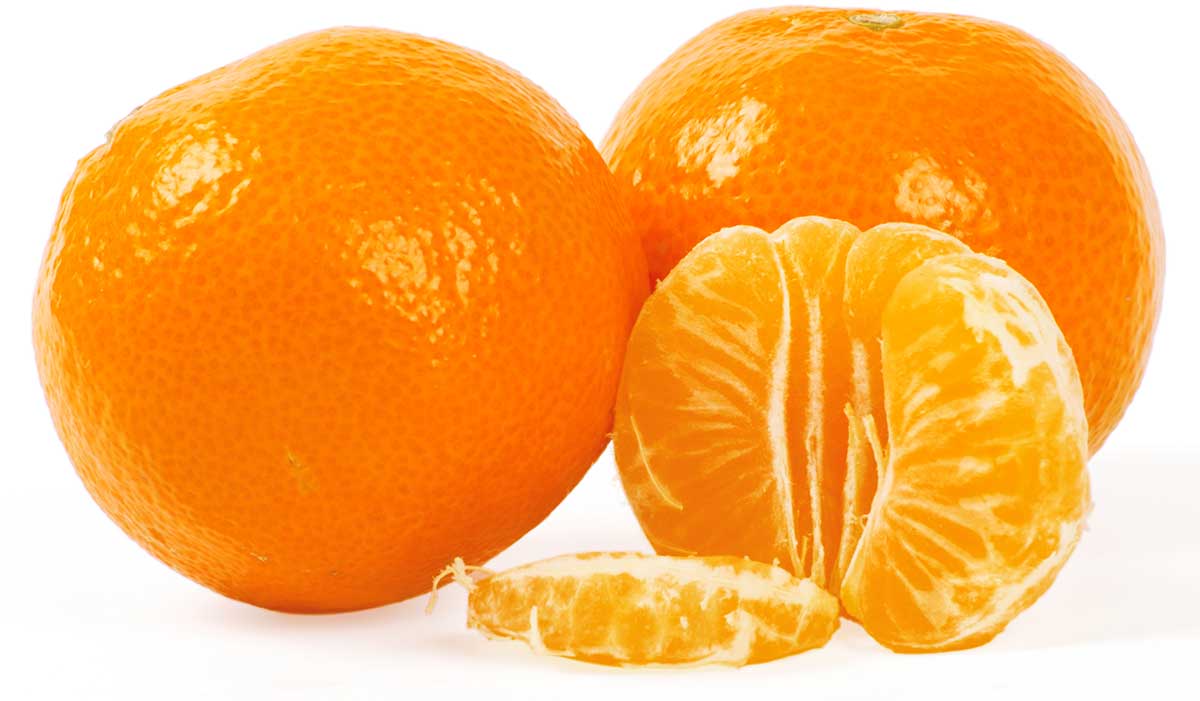
What is a Tangerine?
Tangerines are also a type of mandarin orange. They are characterized by their bright orange color, pebbly skin, which is slightly thicker compared to clementines. Tangerines have a sweet taste and are typically seedless.

Clementine vs Tangerine
When it comes to citrus fruits, clementines and tangerines are often mentioned in the same breath. Both fruits belong to the mandarin family and share similar nutritional profiles. However, clementines tend to be smaller in size with thinner skins, while tangerines are slightly larger with tougher skins.
Let’s look at a side-by-side comparison of cementines vs tangerines.
Clementine vs Tangerine: Nutrients
Both clementines and tangerines are rich in essential vitamins, particularly vitamin C, which supports the immune system and promotes overall health. They also contain vitamin A, which benefits eye health and helps maintain healthy skin.
Clementine vs Tangerine: Appearance
Clementines have a smoother skin compared to tangerines’ pebbly texture. Clementines also tend to have a bright orange color while tangerines may have deeper shades of orange.
Clementine vs Tangerine: Taste
Both clementines and tangerines share a sweet flavor. However, some may find that clementines have a slightly sweeter and tangier taste than tangerines.
Clementine vs Tangerine: Size
One noticeable difference between clementines and tangerines is their size. Clementines are typically smaller and easier to hold in the palm of your hand, while tangerines are slightly larger.
Clementine vs Tangerine: Skins & Peeling
The fruit peels are thinner and looser compared to the tougher skin of tangerines. This makes clementines easier to peel and separate into segments.

Clementine vs Mandarin
Although clementines are a type of mandarin, there are differences between them. Let’s take a look and see how they differ.
Clementine vs Mandarin: Nutrients
Both clementines and mandarins offer similar health benefits due to their high vitamin C content. They also provide other essential vitamins that support the immune system and promote overall well-being.
Clementine vs Mandarin: Appearance
Clementines have a bright orange color with a smooth skin, while mandarins can vary in color from deep orange to reddish hues. Mandarins may also have a slight flat spot at the stem end.
Clementine vs Mandarin: Taste
Both clementines and mandarins have a sweet flavor. However, some may find that mandarins have a slightly stronger citrusy taste compared to the tangy sweetness of clementines.
Clementine vs Mandarin: Size
Clementines are generally smaller than most varieties of mandarins. They are often referred to as the smallest member of the mandarin family.
Clementine vs Mandarin: Skins & Peeling
Both clementines and mandarins have thin skins that are easy to peel. However, mandarins may have a slightly tougher skin compared to clementines.

Tangerine vs Mandarin
Tangerines and mandarins are often used interchangeably due to their similar appearance and taste. However, there are slight differences that set them apart from each other. Here’s what you need to know.
Tangerine vs Mandarin: Nutrients
Both tangerines and mandarins offer similar nutritional benefits, particularly high levels of vitamin C. They also provide other essential vitamins and minerals that support a healthy immune system and aid in digestion.
Tangerine vs Mandarin: Appearance
Tangerines and mandarins have a similar overall look. They both have thin skins and come in various shades of orange. However, some tangerine varieties may have a deeper orange color compared to certain mandarin varieties.
Tangerine vs Mandarin: Taste
Both tangerines and mandarins are known for their sweet flavor. However, some tangerine varieties may have a slightly stronger citrusy taste compared to the milder sweetness of certain mandarin varieties.
Tangerine vs Mandarin: Size
In general, tangerines tend to be slightly larger than most mandarin varieties. However, there can be overlap in size depending on the specific types of tangerines and mandarins being compared.
Tangerine vs Mandarin: Seeds
One notable difference between tangerines and some mandarin varieties is the presence of seeds. While many mandarins are seedless like clementines, some tangerine varieties may contain seeds.
Tangerine vs Mandarin: Peeling
Both tangerines and mandarins have thin skins that are relatively easy to peel. The peeling process is similar for both fruits, with the skin easily separating from the flesh.

Clementine vs Mandarin vs Tangerine
When you compare these three citrus fruits to each other, it appears that the clementine is a clear winner in terms of sweetness and being the easiest to peel. It’s really difficult to be sure though, since some of these aspects are subjective.
- Sweetest: Clementines
- Smallest: Clementines
- Largest: Tangerines
- Easiest to peel: Clementines
Other Types of Mandarins
Here are some of the other varieties of mandarin orange:
- Satsuma
- Dancy
- Kinnow
- Murcott
- Honey mandarin
- Pixie mandarin
- Tango mandarin
Satsuma, clementine, and tango mandarin oranges are some examples of seedless varieties.
When to Buy Different Varieties of Mandarin Oranges
Mandarin oranges, including tangerines and clementines, are typically available in the winter months from November to March. They can be found in most grocery stores, supermarkets, and farmers’ markets.
When purchasing mandarin oranges, look for fruits that are firm yet slightly soft to the touch. Avoid ones that have soft spots or blemishes on their skin. The color of the peel should be vibrant and bright orange.
Ways to Use Clemetines, Mandarins & Tangerines
- Eat them as a refreshing snack on their own.
- Add sliced mandarin oranges to salads for a burst of citrus flavor.
- Make a delicious mandarin orange smoothie by blending the fruit with coconut yogurt and ice.
- Create a tangy dressing by squeezing the juice of mandarin oranges into vinaigrette recipes.
- Use mandarin oranges in marinades for meat or poultry to add a sweet and citrusy taste.
- Incorporate mandarin oranges into desserts like cakes, pies, or fruit tarts for a zesty twist.
- Make homemade marmalade using mandarin oranges for a delightful spread on toast or scones.
- Infuse water with the flavor of mandarin oranges by adding slices to your drinking water.
- Use mandarin orange segments as a topping for yogurt or AIP Porridge to enhance the taste and texture.
- Mix chopped mandarin oranges into salsa or guacamole for an unexpected burst of citrus freshness.
How to Store Orange Citrus Fruits
Learning how to store citrus the right way can help you enjoy your fruit longer.
To store mandarin oranges, it is best to keep them at room temperature if you plan to consume them within a few days. However, if you want to extend their shelf life, you can store them in the refrigerator.
Place the mandarins in a breathable bag or container to prevent excess moisture build-up which can lead to mold growth.



